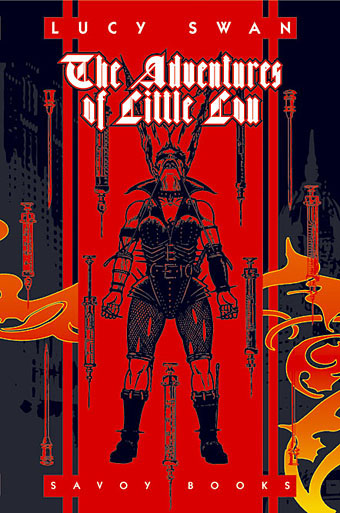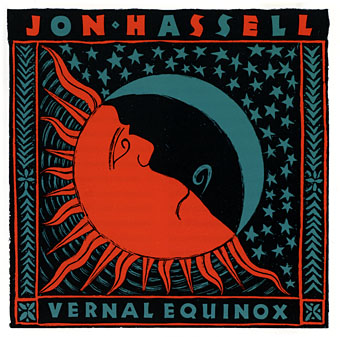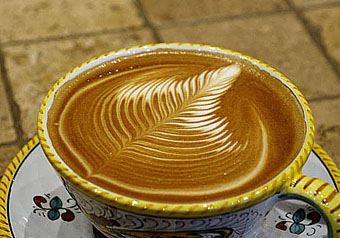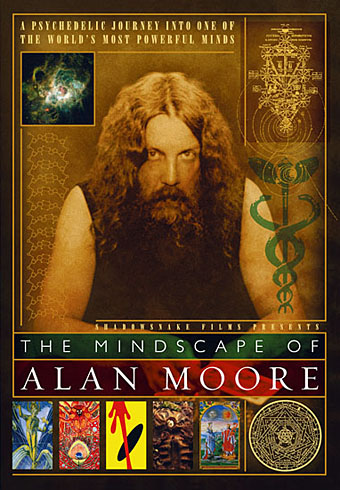Vernal Equinox by Jon Hassell; the perfect listening
for the “momentous poem among moments”.
R. Crumb’s Underground
A substantial Robert Crumb exhibition opened this week at the
Yerba Buena Center for the Arts, San Francisco.
YBCA salutes local treasure R. Crumb with an eclectic exhibit of early work, collaborations old and new, and the world premiere of his “spool” drawings. Universally acknowledged as the founder of the underground comic scene, Crumb gained cult popularity for his pioneering Zap Comix and stardom with the Terry Zwigoff documentary Crumb. Extending far beyond comics, the YBCA exhibit shows how his work has grown in philosophical complexity, and highlights his collaborative work, including intimate confessions produced with wife Aline Kominsky-Crumb.
For those of us who can’t make it, there’s this Flickr set from Buenaventura Press.
Via Boing Boing.
R. Crumb?s Underground
Mar 17th?Jul 8th, 2007
First Floor Galleries
YBCA
701 Mission St. at Third
San Francisco, CA
Four years of war in Iraq
Four years of war in Iraq.
And counting…
Latte art
How to make a cup of coffee even more delightful? Turn it into a work of art, which is what latte artists do. This Dutch site is devoted to the discipline, with two galleries of pictures and details of the annual Latte Art Championships. Among the better links is this Flickr gallery of examples.
New things for March
The Mindscape of Alan Moore, Shadowsnake Films (2007).

The Adventures of Little Lou, Savoy Books (2007).
Two very different works approaching fruition this month. The Alan Moore DVD I’ve been working on since November but the release date is finally approaching so I’ve added the artwork to the relevant pages on this site.
The Adventures of Little Lou is a work of transgressive fiction by Lucy Swan forthcoming from Savoy Books. I’m currently finishing the interior design and the book should be published later this year. This is the front cover layout; more to follow.
Previously on { feuilleton }
• Of Moons and Serpents
• Watchmen
• Alan Moore interview, 1988




